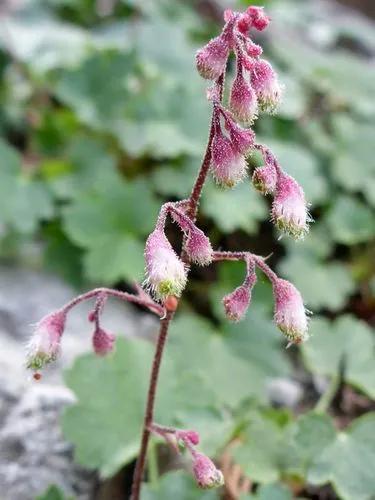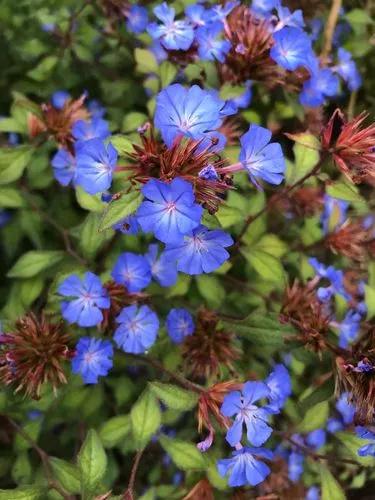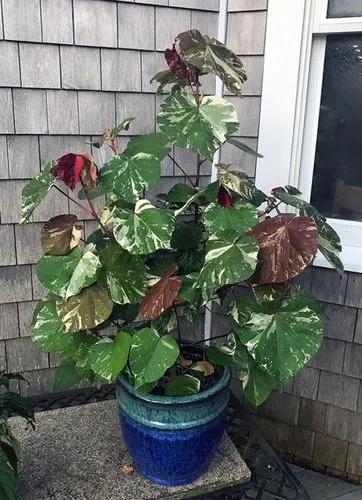Rhododendron /ˌroʊdəˈdɛndrən/ (from Ancient Greek ῥόδον rhódon "rose" and δένδρον déndron "tree")[4][5] is a very large genus of 1,024 species of woody plants in the heath family (Ericaceae), either evergreen or deciduous, and found mainly in Asia, although it is also widespread throughout lowland and montane forests in the Pacific Northwest, California, the Northeastern United States, and especially in the highlands of the Appalachian Mountains of North America. It is the national flower of Nepal, the state flower of Washington and West Virginia in the United States.
Cascade Azalea Care
Rhododendron Albiflorum



General:Erect, slender-branched shrub, stems 0.5-1.2 (2) m tall; young twigs covered with coarse reddish hairs; bark peeling. Leaves:Alternate, deciduous, thin, in clusters along branches, especially at tips, narrowly elliptic to ob lanceolate, 4-8 cm long, pointed at ends, entire to wavy-margined, yellowish-green, upper surfaces with fine rusty hairs; stalks 5-10 mm long, glandular-hairy as well as coarsely reddish-hairy. Flowers:In axillary clusters of 1 to 4 on previous year's growth; flower stalks slender, up to 1.5 cm long, glandular-hairy; corollas white, broadly bell-shaped, 1.5-2 cm wide, up to 2 cm long, fused near base, the lobes spreading, nearly equal, entire; calyx divided to the base, the 5 lobes 8-10 mm long, leaflike, hairy with fine, gland-tipped, and some long, reddish hairs; stamens 10, filaments densely hairy on the lower half; anthers egg-shaped, unawned. Fruits:Capsules, egg-shaped, 6-8 mm long, thick-walled.
How to Care for the Plant

Popularity

142 people already have this plant 8 people have added this plant to their wishlists
Discover more plants with the list below
Popular articles






